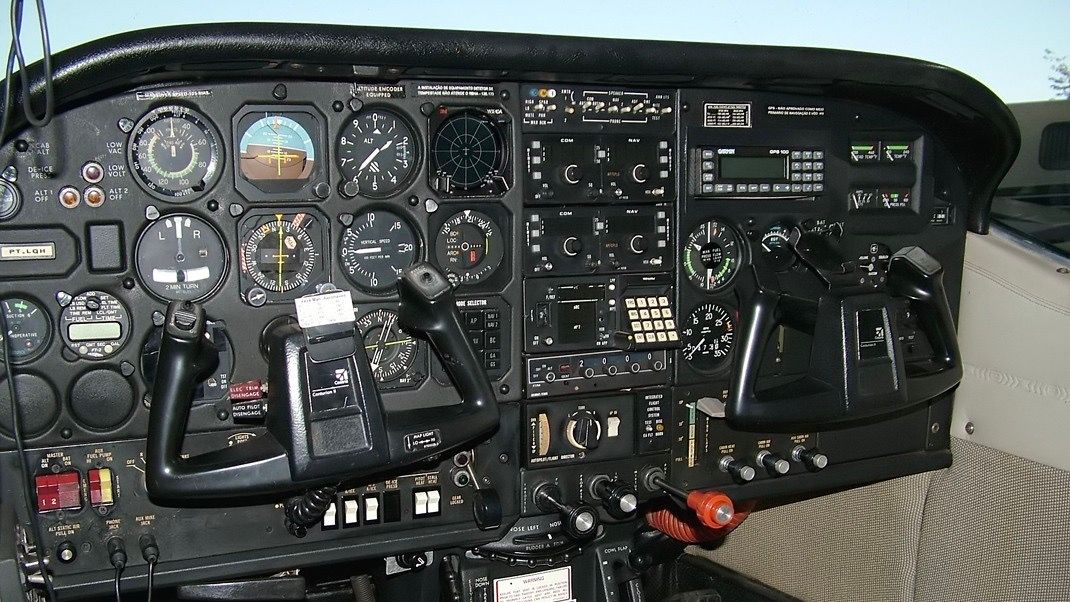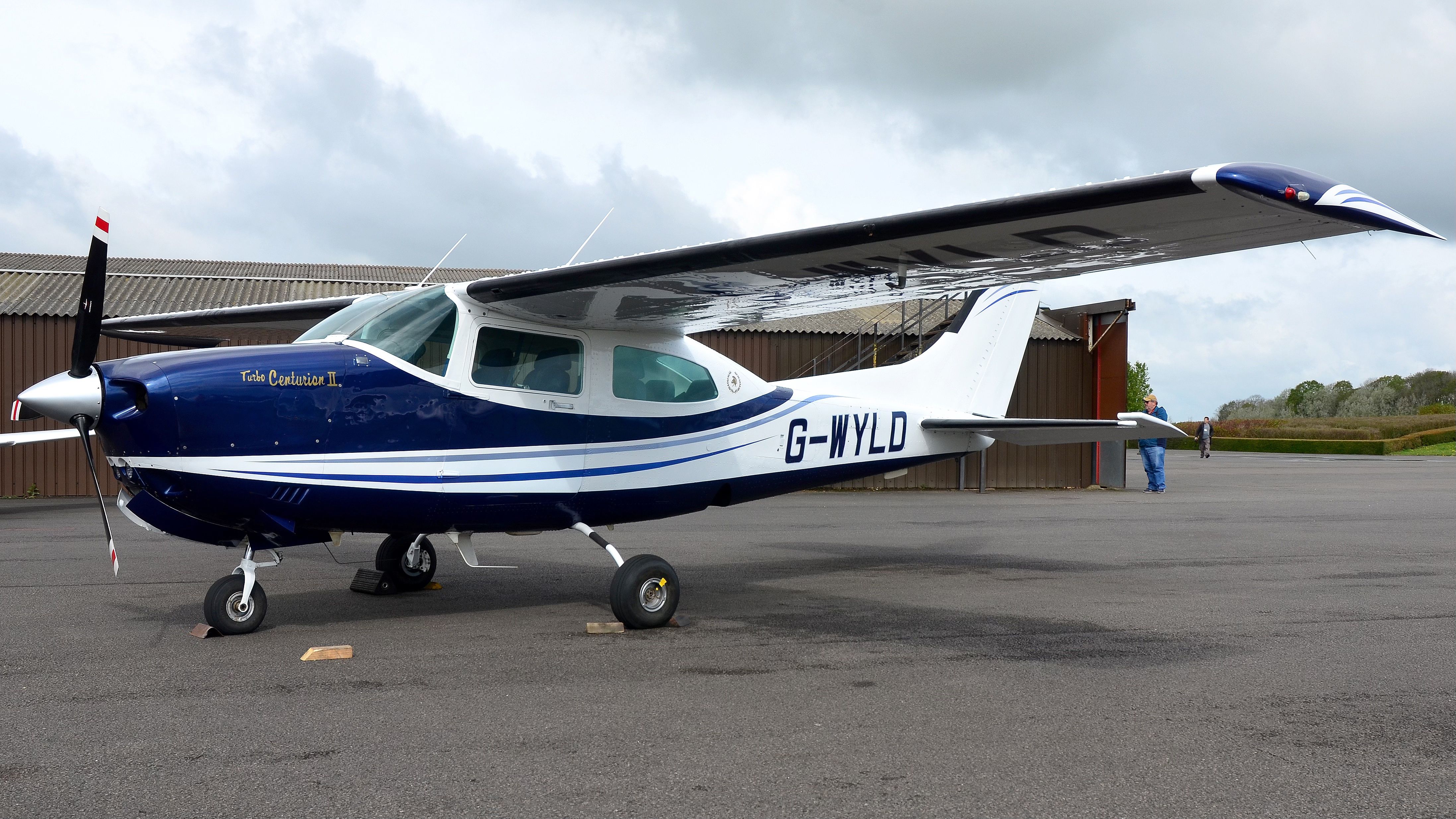Summary
- Understanding the fuel-air mixture ratio is vital for efficient engine performance.
- Adjusting mixture settings impacts power, fuel efficiency, and engine longevity.
- Maintaining the proper mixture at different flight stages and altitudes is crucial.
The fuel-air mixture in reciprocating aircraft engines is a critical factor influencing engine performance, efficiency, and safety during flight. Pilots must understand and manage this mixture to ensure optimal engine operation across various phases of flight.
Understanding fuel-air mixture
The fuel-air mixture refers to the ratio of fuel to air entering an aircraft engine’s combustion chamber. This ratio is critical because it determines how efficiently the fuel burns and how much power the engine produces.
The mixture can be adjusted using a control in the cockpit, which allows pilots to enrich (increase fuel relative to air) or lean (decrease fuel relative to air) the mixture.
Importance of Proper Mixture Control
Performance and Power: The right fuel-air mixture ensures the engine operates at its maximum potential. During critical phases like takeoff, a richer mixture is often used to provide additional cooling and power, vital for engine performance under high stress.
Fuel Efficiency: Adjusting the mixture to the optimal ratio can significantly enhance fuel efficiency. A leaner mixture is used during cruising to conserve fuel and extend the aircraft’s range.
Engine Longevity: Proper mixture management can prevent engine overheating and reduce wear, extending the engine’s lifespan. A too rich or lean mixture can lead to inefficient combustion, resulting in higher engine temperatures and potential damage.
Effects of Altitude on Mixture
As an aircraft climbs, the air becomes less dense, reducing the amount of oxygen available for combustion. Pilots must lean the mixture to match the reduced oxygen levels to maintain optimal performance.
This adjustment is crucial at higher altitudes to prevent the engine from running too high, which can cause power loss and increased fuel consumption.
Photo: Adam Loader | Shutterstock
Mixture Settings for Different Flight Phases
Takeoff and Climb: A full-rich mixture is typically used to ensure maximum power and cooling. However, leaning the mixture before takeoff is necessary at high-elevation airports to prevent an overly rich condition that can reduce engine performance.
Cruise: During cruise, the mixture is leaned to achieve the best fuel economy and engine efficiency. This involves adjusting the mixture to the point where the engine produces maximum power without excess fuel consumption.
Descent and Landing: The mixture is progressively enriched during descent to maintain an optimal ratio as air density increases. This ensures the engine is ready to deliver full power if needed, such as during a go-around.
Technological Aids in Mixture Management
Modern aircraft have advanced engine monitoring systems that allow precise control over the fuel-air mixture. These systems provide real-time data on engine parameters such as cylinder head temperature (CHT) and exhaust gas temperature (EGT), helping pilots make informed adjustments to the mixture.
An accident illustrates the criticality of the fuel-air mixture
A recent aircraft accident in Australia demonstrates the result of inattention to mixture control during high power demand operations at various elevations.
The single piston-engine Cessna 210 was on a charter flight from Groote Eylandt to Ngkurr, Northern Territory, on 16 June 2023. Shortly after becoming airborne, the pilot reported the engine began to surge and indicate fuel flow fluctuations.
Source: Australian Transport Safety Bureau
The pilot attempted to turn back and land, but the aircraft could not be aligned with the runway and crashed.
Three passengers suffered severe injuries, while the other two passengers and pilot sustained minor injuries. The aircraft was destroyed.
An Australian ATSB investigation concluded the reduced power and unanticipated engine behavior were probably the result of the mixture control not being set to full rich before takeoff. Thus, upon full throttle application, the fuel component of the fuel-air ratio was too lean, causing reduced engine power output.
Piston engine mixture settings
The pilot sets the Teledyne Continental IO-520-L engine mixture to control the ratio of air to fuel delivered to the engine. This directly affects engine power, fuel burn, and other factors such as engine wear and longevity.
A takeoff with the mixture control in the ‘ground lean’ position (at lower airport elevations) would result in an inadequate fuel component of the air-fuel ratio. Compared to a takeoff with the mixture control set to full rich, indications of this include reduced fuel flow as less fuel is delivered to the engine cylinders.
Additionally, as the fuel component of the air-fuel ratio reduces, there is less unburned (cooling) fuel within the exhaust gas, so exhaust gas temperatures (EGTs) increase, peaking at the stoichiometric (chemically maximized) ratio.
If the fuel component of the air-fuel ratio is reduced beyond the stoichiometric ratio, EGTs begin to decrease again as less fuel is available for combustion.
Too high or too low–look out below
Peak power generally occurs at a richer setting than at peak EGT. Rough running can also be a symptom of an excessively lean air-fuel ratio.
Fuel vaporization
In high-temperature and high-altitude conditions, liquid fuel in a fuel system can boil, creating vapor. This can cause rough running or reduce available power, and when very severe, prevent fuel from reaching the engine (a condition called vapor lock).
An auxiliary fuel pump can lessen the effect by increasing motive fuel flow in the system. The Cessna 210 pilot’s operating handbook specifies that the auxiliary fuel pump be switched to ‘LO’ during engine start and then turned off. It notes that the pilot can select ‘HI’ on the auxiliary fuel pump if the engine does not start to clear fuel vapor from lines.
Mastering fuel mixture management is a critical skill for reciprocating engine-powered aircraft pilots. The setting impacts engine performance and efficiency. By understanding how to adjust the mixture for different phases of flight and varying altitudes, pilots can ensure that their engines operate smoothly and efficiently.




